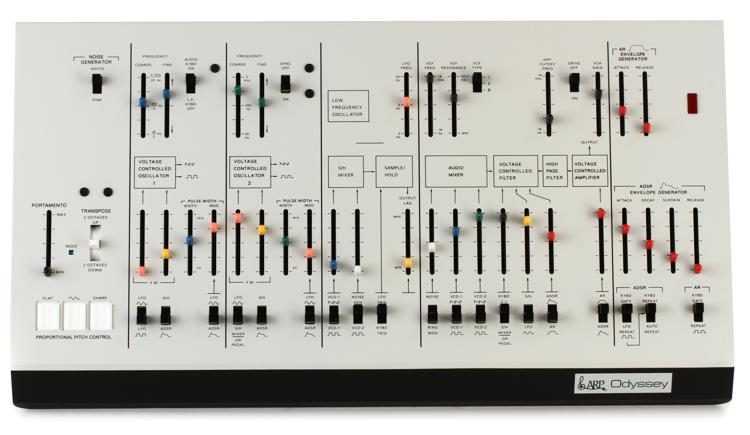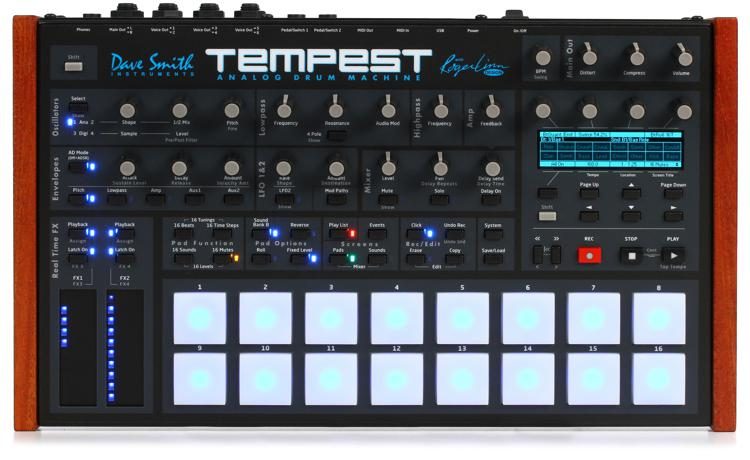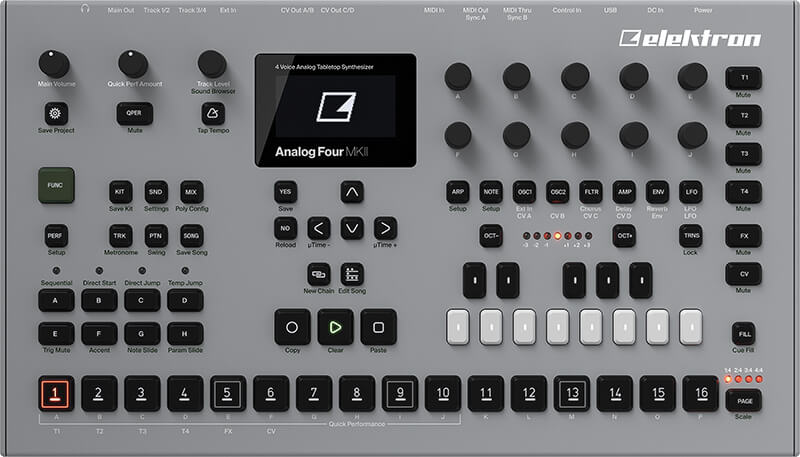
The ARP Odyssey is an analog synthesizer introduced in 1972. Responding to pressure from Moog Music to create a portable, affordable (the Minimoog was US$1,495 upon release) “performance” synthesizer, ARP Instruments, Inc. scaled down its ARP 2600 synthesizer and created the Odyssey, which became their best-selling synthesizer model.
There were several versions of the Odyssey over the years, and it was reissued by Korg in early 2015, in cooperation with the original designer and ARP co-founder, David Friend.
The Odyssey is a two-oscillator analog synthesizer, and one of the first with duophonic capabilities (the ability to play two notes at the same time). All parameters, including a resonant low-pass filter, a non-resonant high-pass filter, ADSR and AR envelopes, a sine and square wave LFO, and a sample-and-hold function are controllable with sliders and switches on the front panel.
Features
- Switchable between sawtooth, square, and pulse waveforms with oscillator sync, a ring modulator, and pink or white noise.
- Pulse-width can be modulated manually or with the LFO or the ADSR envelope generator. There is a (static) high-pass filter, as well as a voltage controlled low-pass self-oscillating filter.
- The filter can be controlled by either of the two envelope generators, an ADSR (attack, decay, sustain, release) and a simple AR (attack, release) and modulated by the LFO, sample-and-hold, the keyboard, or a separate CV (pedal) input on the back panel.
- The Sample/Hold input mixer can be used to route the output of the VCOs to the FM input of VCO 2 and the VCF, enabling audio frequency FM.



